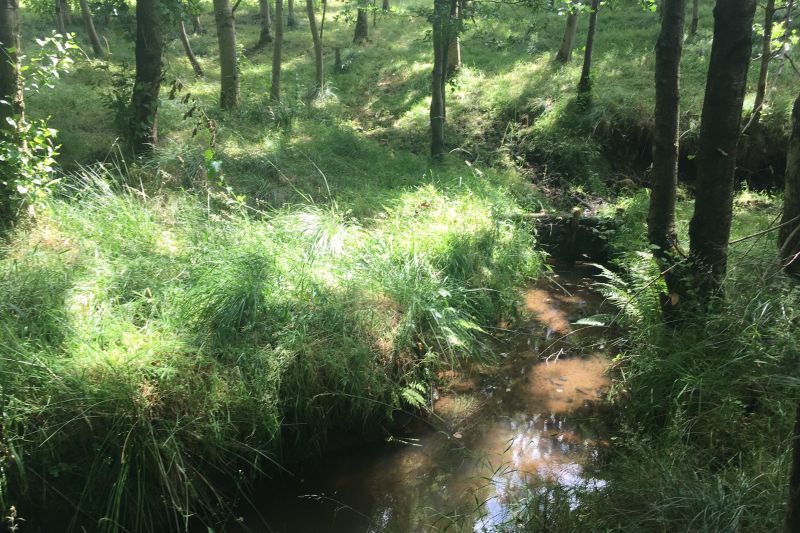
A farm near Leeds has planted 650 trees as part of a trial to help improve flood protection for people who live near the River Aire.
The farm, located at Eshton Beck, Gargrave, was the site of a £500,000 project which aims to see how natural techniques can slow the flow of water.
The flood alleviation work involved building 66 log and brash leaky dams and undertaking 0.5ha of woodland management.
Farmers and volunteers also built a 20m-long log revetment – using timber to prevent bank erosion – and a water gate to protect the new trees from nearby grazing stock.
The pilot forms part of the Leeds Flood Alleviation Scheme, led by Leeds City Council in partnership with the Environment Agency.
This programme uses natural methods to slow the flow of water from upstream in the catchment, including land management to reduce water run-off and woodland creation to increase tree canopy cover.
Pilot sites will allow the team to monitor and research the techniques used to gather evidence and increase their understanding of the benefits they provide for reducing flood risk.
The programme will also be used by the council to develop an approach to working with farmers and landowners so future plans can be designed for the catchment.
The second phase of scheme has a strong focus on natural flood management, with proposals to create new woodland areas which would more than double canopy coverage in the River Aire catchment.
It focuses on protecting the Kirkstall corridor, which was badly hit by the 2015 Christmas floods, and areas beyond the city boundary to further reduce the possibility of the river flooding in Leeds.
Don Vine, conservation officer with Yorkshire Wildlife Trust, said: “We have had support from the landowner and interest from neighbouring farmers - with assistance from many different volunteer groups; from university students to local NVQ trainees.
“We have already seen some small changes along the watercourse due to our recent work and we will be monitoring all these interventions over the next few years to measure impact - not only river flow, but also water quality and wildlife.”
